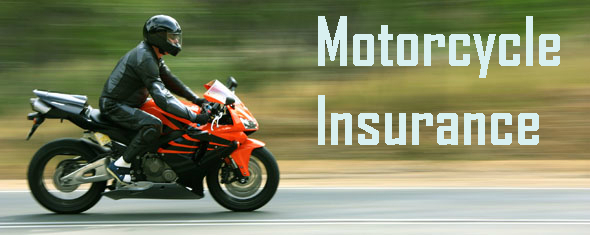The Key Differences Between Car and Motorbike Insurance
 Getting insurance for a car and a motorbike means weighing up some of the key differences between the two, while also recognising their broad similarities. In general, most countries will require you to have at least third party liability insurance for both car and motorbike insurance; car insurance can be more expensive, though, with individual differences between bikes and cars also driving up premiums. When looking for insurance for either, it’s also possible to explore options for combined policies.
Getting insurance for a car and a motorbike means weighing up some of the key differences between the two, while also recognising their broad similarities. In general, most countries will require you to have at least third party liability insurance for both car and motorbike insurance; car insurance can be more expensive, though, with individual differences between bikes and cars also driving up premiums. When looking for insurance for either, it’s also possible to explore options for combined policies.
Car insurance tends to be more expensive than motorbike insurance due to the generally higher risk that a car poses on the road to other drivers. A car accident involving another car is more likely to cause more damage to both parties than a motorbike crashing into a crash. The effect on both ends of an accident tends to be more heavily weighted by insurance companies, even if your own injuries as a motorbike rider may be more severe.
Riding a bike also tends to create lower premiums for young drivers, with those operating 125cc motorbike from a young age less likely to have to face up to steep car insurance policies. For example, a young motorcyclist with a 125cc bike is likely to pay around £350 a year for their insurance, compared to about £1000 for an equivalent policy for their cars. The level of insurance premium paid can, though, vary depending on the type of bike or car you’re getting a policy for.
If you’re driving a classic sports bike, or one that has a lot of modifications, then you can expect to pay higher insurance premiums; increased speeds, and the difficulty of replacing vintage parts, can drive up premiums, regardless of whether you’re insuring a bike or a car. You can also expect premiums to rise if you’re taking your car or bike abroad, or if you don’t take appropriate security measures when storing your vehicle.
It can be possible to take out a combined motorbike and car insurance policy that adds a bike to an existing auto insurance deal. Combined coverage involves adapting your policy to include a bike, and can be more cost effective than taking out a separate policy for the bike alone. How much you will expect to pay will, however, depend on your driving record to date, and on any potential changes that might have to be made to no claims bonuses and compulsory and voluntary excesses.
When looking for motorbike and car insurance, you can generally expect, then, to pay more for a car than for a bike. The risks involved with a car in an accident, while not substantially different from a motorbike, are weighted towards third party liability, and can be more expensive. How much you pay can vary considerably, though, depending on your bike or car, so always get as many quotes as possible from different insurance companies before settling on a policy.
Author Bio: Emily Steves is a blogger who specialises in insurance and motorbike repair. While she’s seen some good deals recently, she’s found that this online insurance is cheaper than most she’s experienced for cars.
Category: Car Insurance, Insurance





